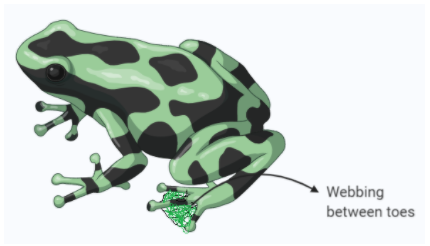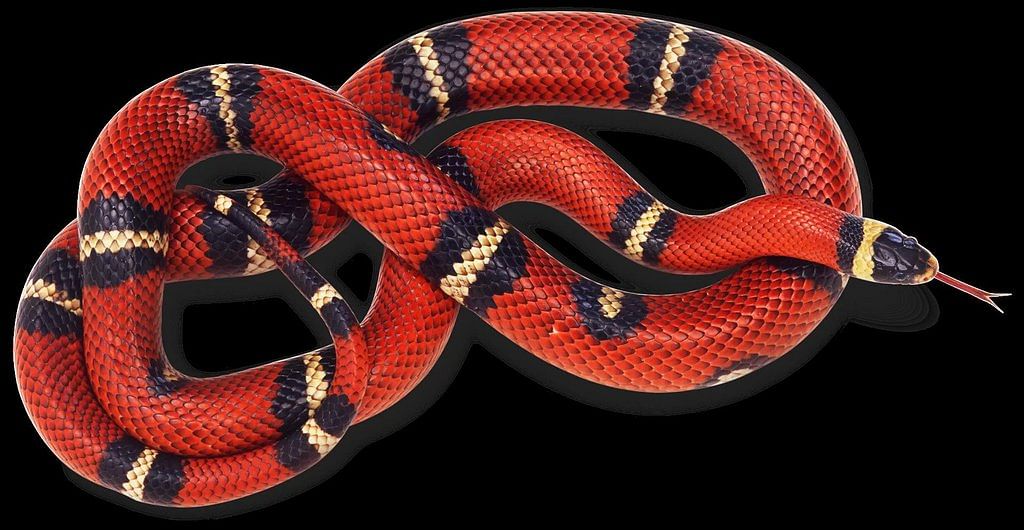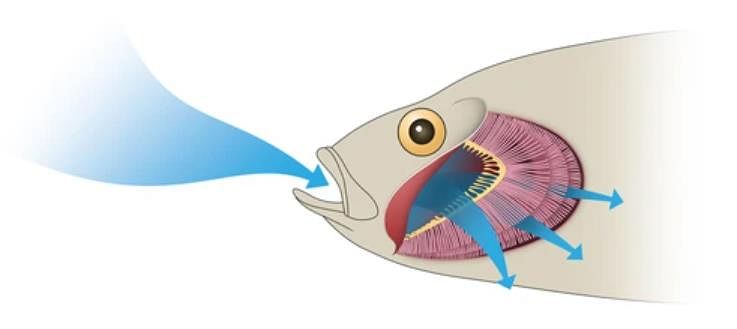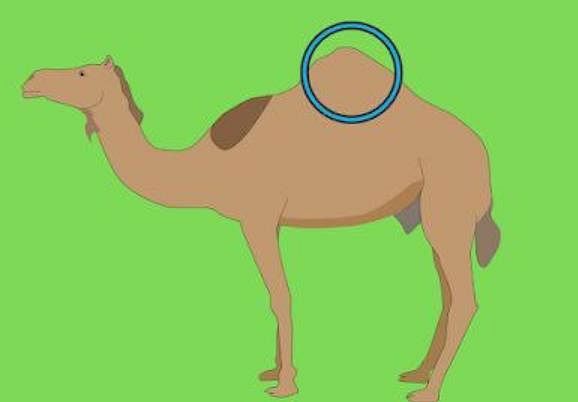Olympiad Test: Living And Non-living Things -1 - Class 4 MCQ
20 Questions MCQ Test - Olympiad Test: Living And Non-living Things -1
Aerial animals are animals that spend most of their time:
Camouflage is a kind of adaptation in which an organism deceives others by merging its colour with that of its surroundings. Which of the following colours will best suit a chameleon to hide from its enemies in a forest when it sits on branch of a tree?
Find the mismatched pair according to animals and their habitats:
The feet of frogs and ducks are webbed. This adaptation helps them to:
Which of the following can live on both water and land?
A student identifies the following characteristics in an animal:
1. Strong claws and broad hip girdles
2. Spines to prevent slipping
3. Ability to climb trees
Q. Which is the best-suited title for this animal?
Tigers and leopards have stripes on their bodies. This adaptation helps them to:
The adaptation mechanism of the chameleon is to:
An animal is taken to the polar region. Which of the following adaptive characteristics will help it to survive in its new environment?
How can fishes survive inside water?
The polar bear is adapted to live in the:
Camels are adapted to living for many days without
Which of these is adapted to swim?
Which of these is adapted to live in the desert?


























